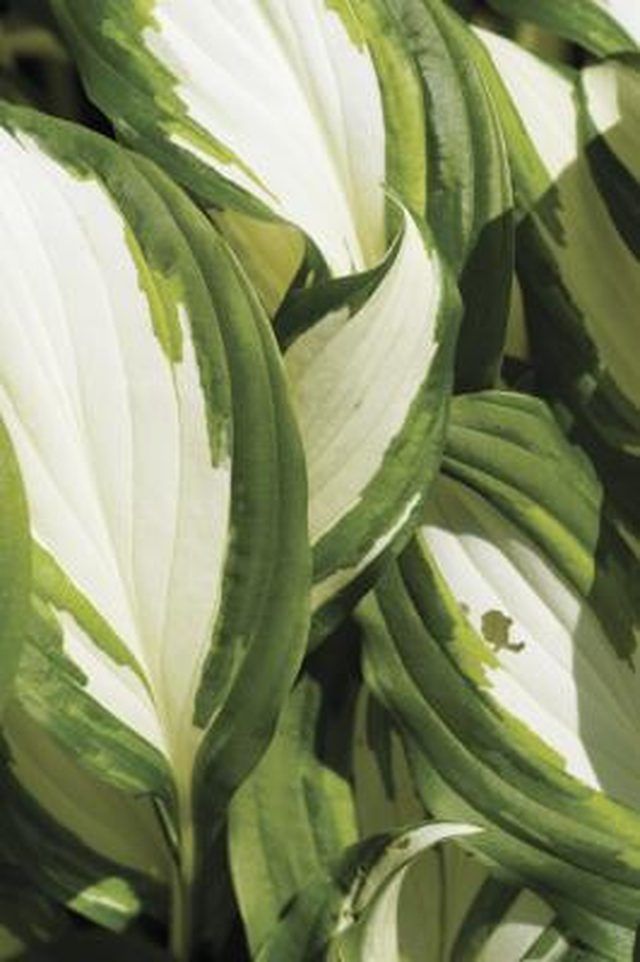Bulbs
Flower Basics
Flower Beds & Specialty Gardens
Flower Garden
Garden Furniture
Garden Gnomes
Garden Seeds
Garden Sheds
Garden Statues
Garden Tools & Supplies
Gardening Basics
Green & Organic
Groundcovers & Vines
Growing Annuals
Growing Basil
Growing Beans
Growing Berries
Growing Blueberries
Growing Cactus
Growing Corn
Growing Cotton
Growing Edibles
Growing Flowers
Growing Garlic
Growing Grapes
Growing Grass
Growing Herbs
Growing Jasmine
Growing Mint
Growing Mushrooms
Orchids
Growing Peanuts
Growing Perennials
Growing Plants
Growing Rosemary
Growing Roses
Growing Strawberries
Growing Sunflowers
Growing Thyme
Growing Tomatoes
Growing Tulips
Growing Vegetables
Herb Basics
Herb Garden
Indoor Growing
Landscaping Basics
Landscaping Patios
Landscaping Plants
Landscaping Shrubs
Landscaping Trees
Landscaping Walks & Pathways
Lawn Basics
Lawn Maintenance
Lawn Mowers
Lawn Ornaments
Lawn Planting
Lawn Tools
Outdoor Growing
Overall Landscape Planning
Pests, Weeds & Problems
Plant Basics
Rock Garden
Rose Garden
Shrubs
Soil
Specialty Gardens
Trees
Vegetable Garden
Yard Maintenance
Why Do Hosta Leaves Turn Yellow?
Why Do Hosta Leaves Turn Yellow?. While hostas have lovely foliage and are generally resistant to pests, they are susceptible to fungal and bacterial infections. Several diseases may cause hosta leaves to turn yellow. Some of the diseases, if left untreated, can kill the plant.

While hostas have lovely foliage and are generally resistant to pests, they are susceptible to fungal and bacterial infections. Several diseases may cause hosta leaves to turn yellow. Some of the diseases, if left untreated, can kill the plant.
Petiole Rot
Petiole rot is a fungal disease that can kill your hostas if not treated. An early sign of petiole rot is the outer leaves turning yellow. The fungi become active during warm, rainy weather, depositing a white thread of oxalic acid and enzymes that destroy the petiole tissue.
Phytophthora
Phytophthora are microorganisms that live in the soil and container mixtures without soil. They cause foliage blight that is characterized by yellow water-soaked spots where the leaf blade attaches to the petiole. The spots will eventually turn brown.
Bacterial Soft Rot
Bacteria enter through damaged parts of the plant. Symptoms include yellow and wilted leaves, collapse of the plant at the petioles and an aroma similar to dead fish, according to the Iowa State University Extension.
Anthracnose
Anthracnose is the most common fungus that attacks hosta foliage. It causes irregular yellow spots with dark borders. Sometimes the yellow spots will fall off, leaving holes in the foliage.